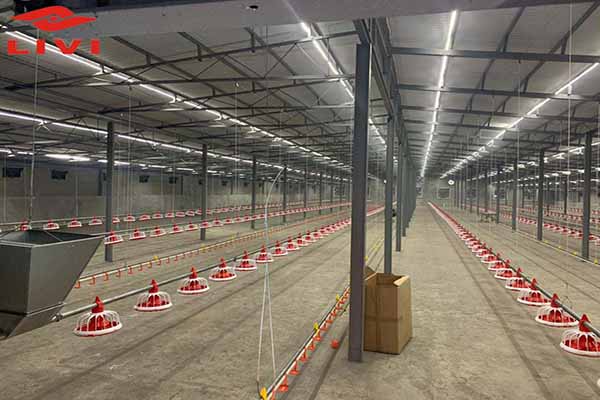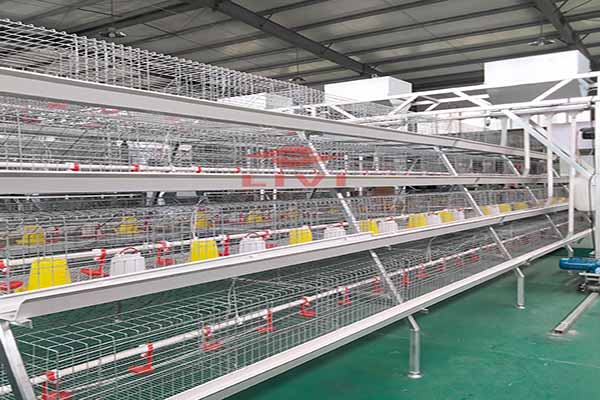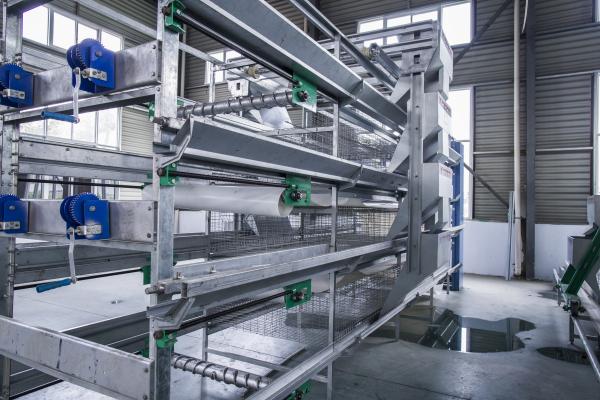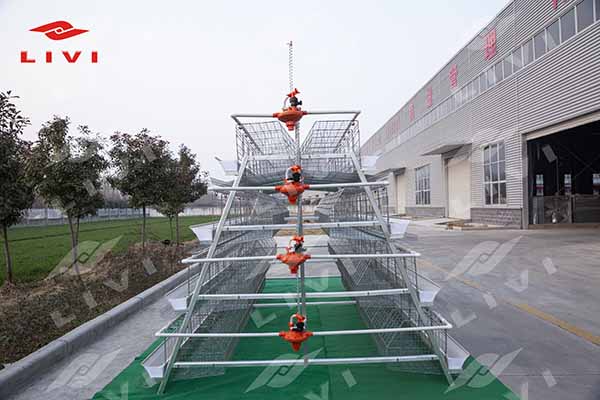Today, let’s discuss some key technical points of battery cage in broiler farming and considerations in the actual production of confined chicken farming.
1. Disinfection
Before the arrival of chicks, thoroughly clean and disinfect the surroundings for the first 5 days. Clean and disinfect feeders and waterers. After the chicks arrive, clean the floor daily to reduce dust and feathers’ respiratory irritation. Regular disinfection of the entire facility with chickens is essential, using various disinfectants on alternate days. Avoid disinfecting within 24 hours after vaccine administration.
2. Temperature for Battery Cage In Broiler Farming
In automatic broiler cage equipment, there is a temperature difference between upper, middle, and lower layers, which increases with lower outdoor temperatures. During chick rearing, maintain a temperature of 33-34°C on the first day, adjusting based on chick behavior. Gradually decrease the temperature by 2°C each week, reaching 30°C by the end of the first week. Adjust temperatures slightly lower in tiered farming to prevent heat stress and decreased feed intake.
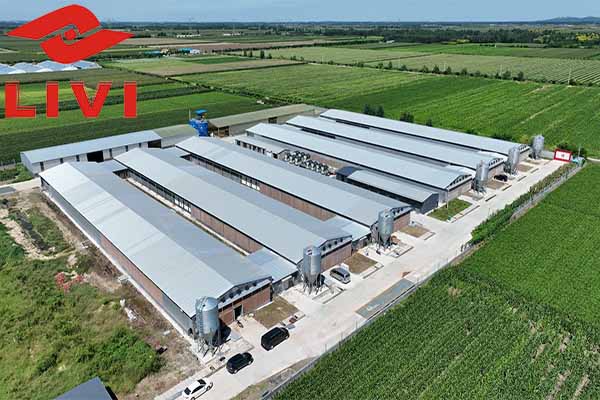
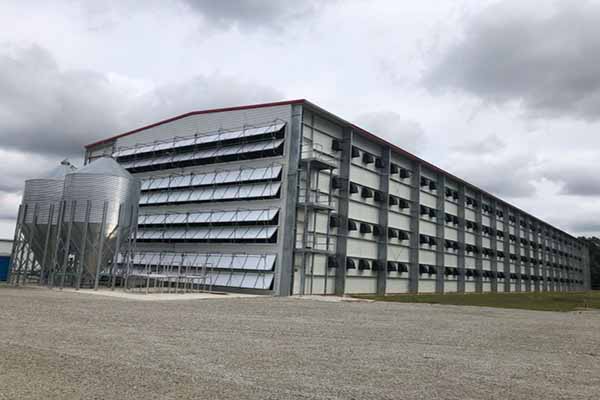
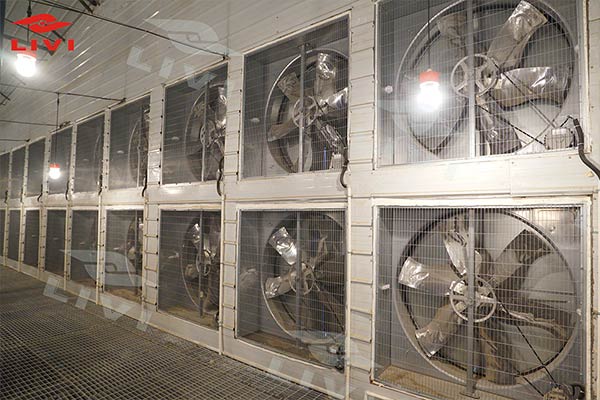
Environmental control in broiler cage farming
3. Grouping
In Broiler Cage Farming, initial chick rearing is generally done as a whole group. However, it’s important to timely separate chicks to ensure uniform body weight. The first grouping is typically done at 12-16 days old, and the second grouping at 25-28 days old, following the “keep the weak, remove the strong” principle. Adjust grouping based on seasonal variations and tier temperature differences.
4. Ventilation
Adequate ventilation is crucial for successful broiler cage farming, helping eliminate harmful gases, control temperature, and reduce the incidence of diseases. Gradually increase ventilation as chicks grow. Adjust ventilation based on weather conditions and time of day to maintain optimal air quality, promoting chicken health and disease resistance.
After understanding the technical points of battery cage in broiler farming, leave us a message to open your road to raising chickens.
5. Automatic Broiler Cage Equipment Usage
While advanced automatic broiler cage equipment is essential, successful farming depends on the seamless integration of human expertise and machinery. Operators must be familiar with equipment principles, observe regularly, and promptly identify and repair any malfunctions to avoid economic losses.
6. Watering And Feeding In Chicken Cage Farming
Ensure chicks have access to water within 2 hours of entering the facility. Adjust the height of automatic waterers to prevent wetting and wastage. Regularly adjust water pressure as chicks grow.
Initiate feeding 2-3 hours after water intake. Provide adequate feeding space, and use brushes to prevent feed contamination and mold. Adjust feeding frequency and quantity to avoid overfeeding and ensure optimal growth.
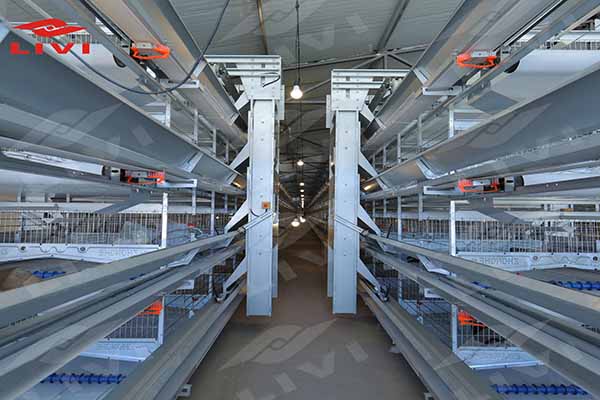
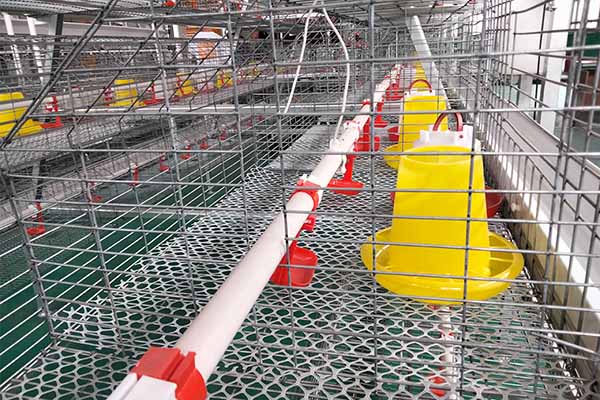
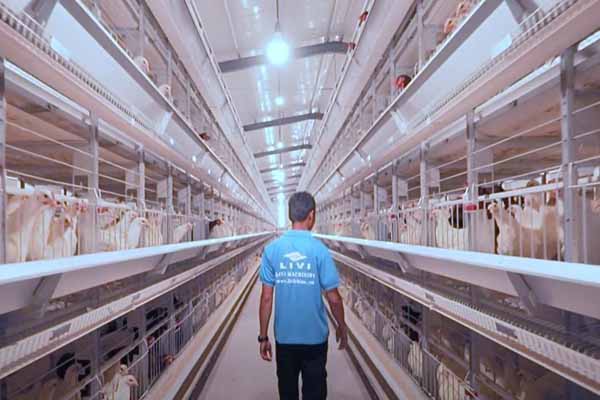
Automatic water and feed equipment in battery cage in broiler farming
7. Lighting
Use artificial lighting in tiered poultry houses for controlled lighting periods. Initially, provide 24-hour lighting for the first 7 days, gradually reducing to 22 hours. This helps chicks acclimate to darkness and prevents panic during sudden power outages. Increase lighting to 24 hours in the last week before slaughter.
Successful confined broiler cage farming relies on meticulous attention to disinfection, temperature control, grouping, ventilation, equipment usage, watering, feeding, and lighting. The integration of advanced equipment with knowledgeable operators is key to overcoming challenges and ensuring a thriving poultry operation.
We hope that these insights provide valuable guidance for your poultry farming endeavors.
Now, after understanding the technical points of battery cage in broiler farming, leave us a message to open your road to raising chickens.






